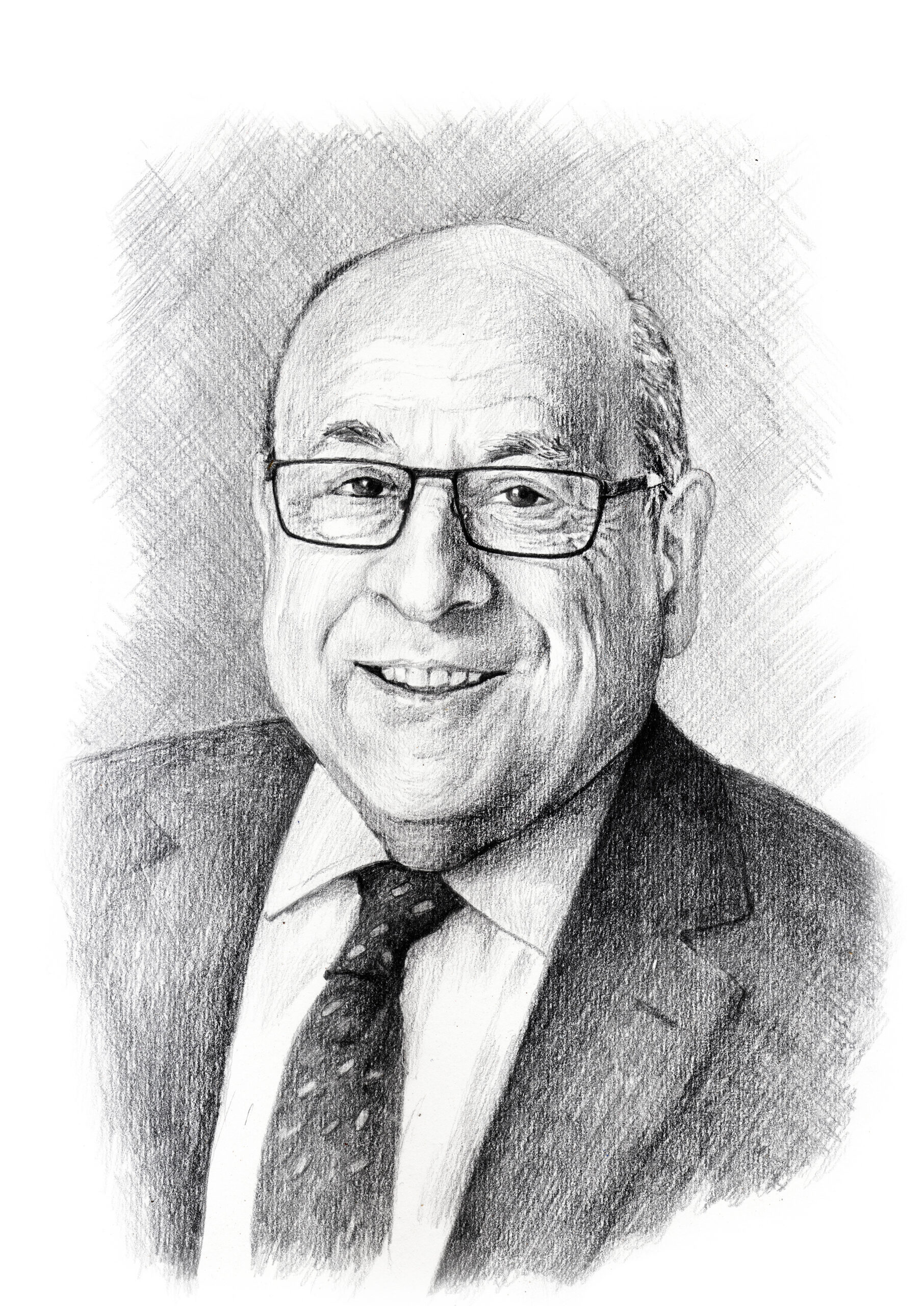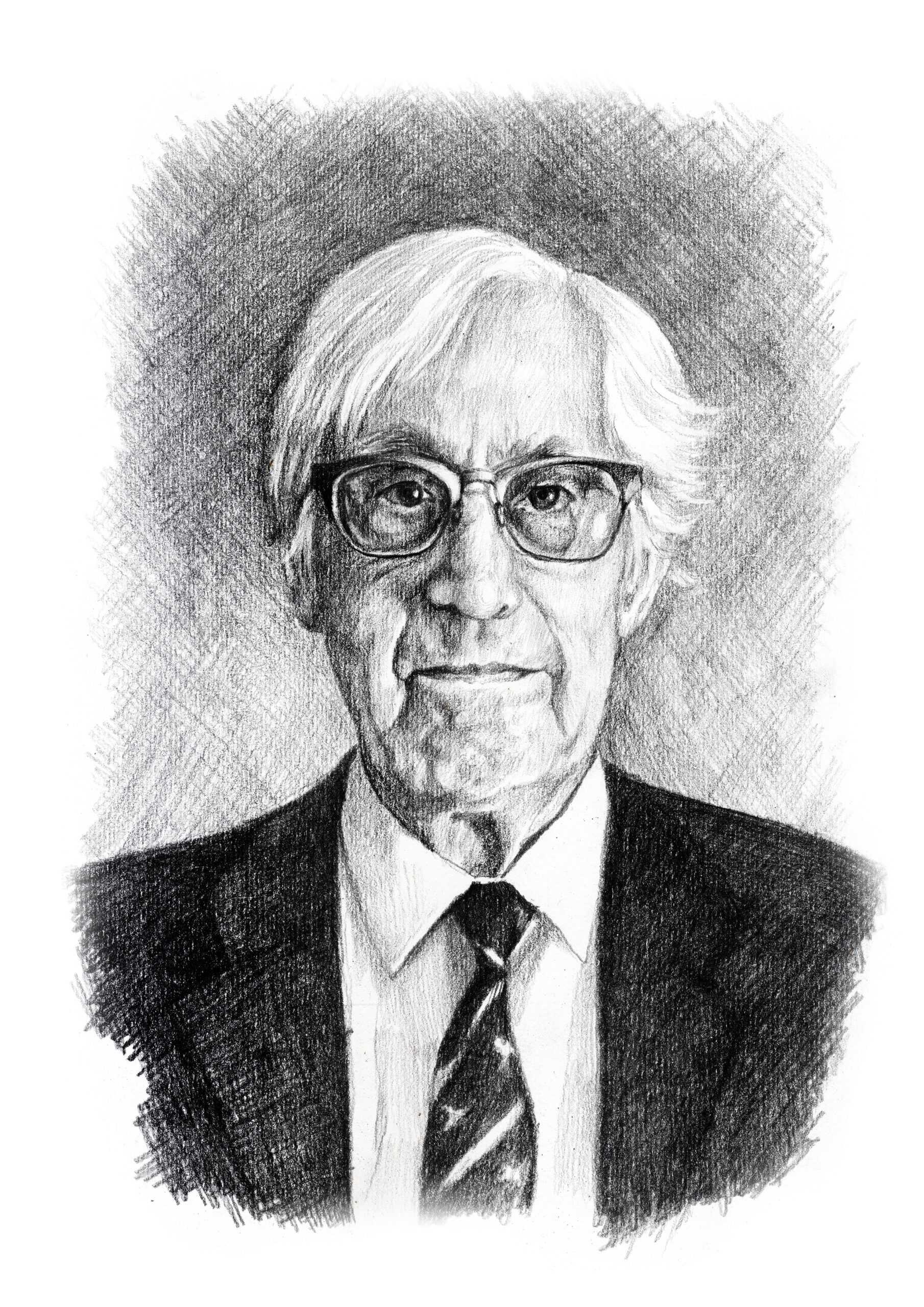Xiaodong Wang received his B.Sc. in Biology from Beijing Normal University in 1984 and a Ph.D. in Biochemistry in 1991 from the University of Texas Southwestern Medical center, where he completed his postdoctoral research in 1995. He later worked at Emory University for one year followed by an appointment at the University of Texas in 1996, where he proceeded to hold the George L. MacGregor Distinguished Chair in Biomedical Science until 2010. In 1997, he was also appointed as an Assistant Investigator at Howard Hughes Medical institute. He has been the Director of the National Institute of Biological Sciences at Beijing since 2010.
Professor Wang is a member of several editorial boards and professional societies and has published over 50 articles in well-established scientific journals. He is also the recipient of several awards and honors.
Wang’s work focuses on specific loss of cell vitality during animal development and adult life, which is an important part of normal animal physiology. Defects in such a process are the cause of many human diseases. These forms of cell death are executed by specific biochemical programs within the dying cell, thus termed regulated cell death. Wang’s laboratory has been primarily responsible for illustrating the biochemical pathways of two such forms regulatory of cell death in mammals, i.e. apoptosis and necrosis. Most remarkably, Wang’s laboratory discovered the role of mitochondria, the classical viewed powerhouse and metabolic center of eukaryotic cells, in apoptosis in mammalian cells. Specifically, his laboratory discovered that cytochrome c, a component of mitochondrial electron transfer chain, is able to trigger the activation of apoptotic caspases once released from the mitochondria. Apoptotic caspases are intracellular proteases that are normally kept in inactive forms in living cells. Once activated, these proteases execute apoptosis, a morphologically distinctive form of cell death. Professor Wang’s group also identified the cytosolic cytochrome c receptor Apaf1, and a member of the caspase protein family, caspase-9, as the initiator caspase that is directly activated by the Apaf-1/cytochrome c protein complex termed apoptosome. In addition to cytochrome c, Wang’s group also discovered Smac, another mitochondrial intermembrane protein that neutralizes caspase inhibition imposed by the inhibitor of apoptotic proteins, IAPs.
Based on Smac’s molecular mechanism functioning, Professor Wang and his collaborators designed a small molecule mimetic of Smac protein that is cell permeable and directly sensitizes treated cells for apoptosis. The Smac mimetic led them to the finding that in some cell types, a caspase-independent form of programmed cell death occurs in the presence of Smac mimetic in response to tumor necrosis factor family of cytokines or toll-like receptor ligands. Their laboratory subsequently identified the receptor interacting kinase 3, RIP3, and its substrate, a pseudokinase MLKL, as the core biochemical components of this form of necrotic cell death, also called necroptosis. Necroptosis is now recognized to have potential roles in many degenerative diseases and normal aging in male reproductive system.
This biography was written in the year the prize was awarded.





